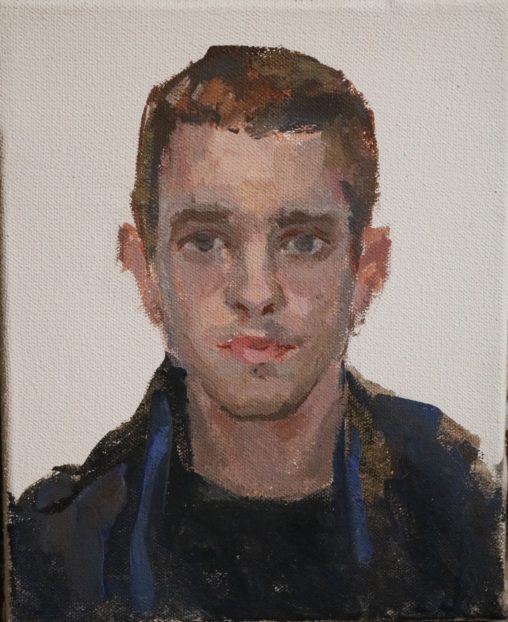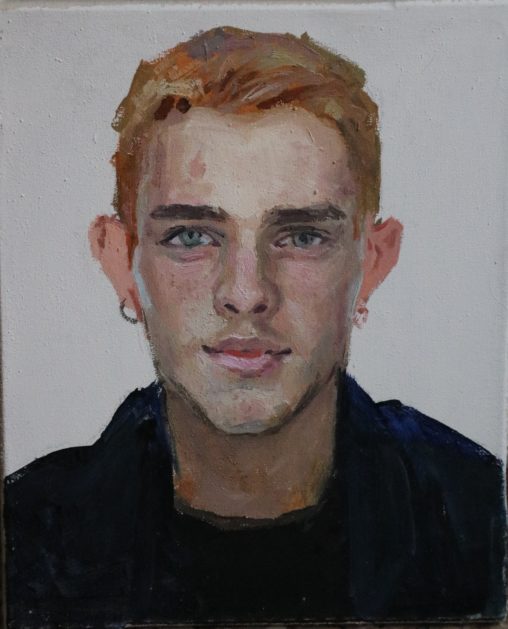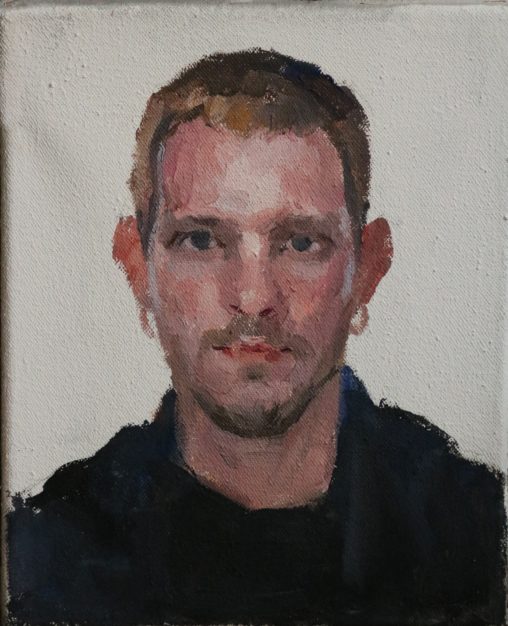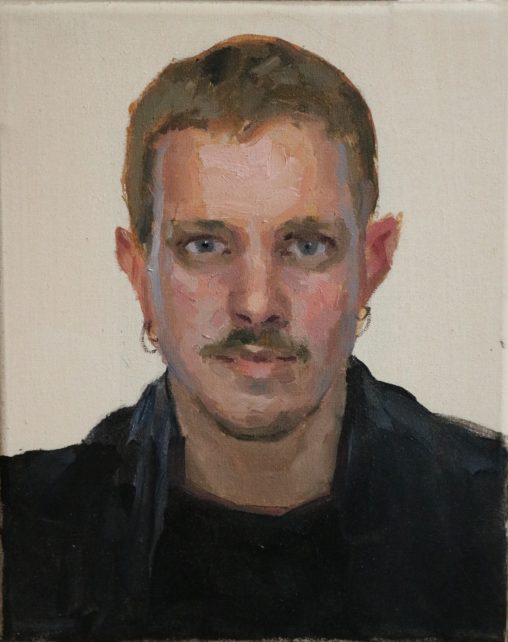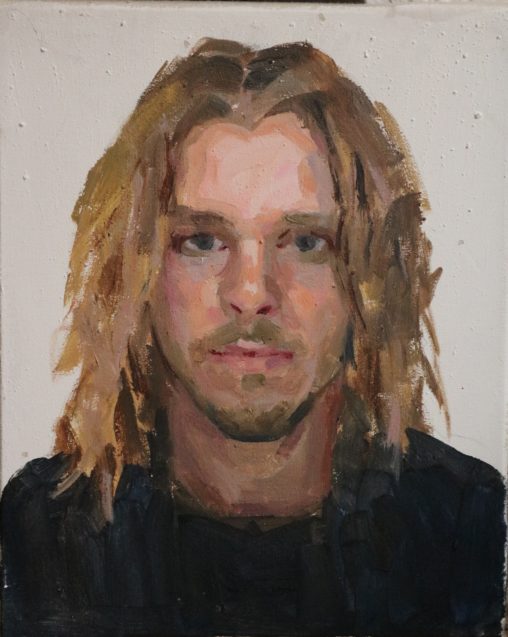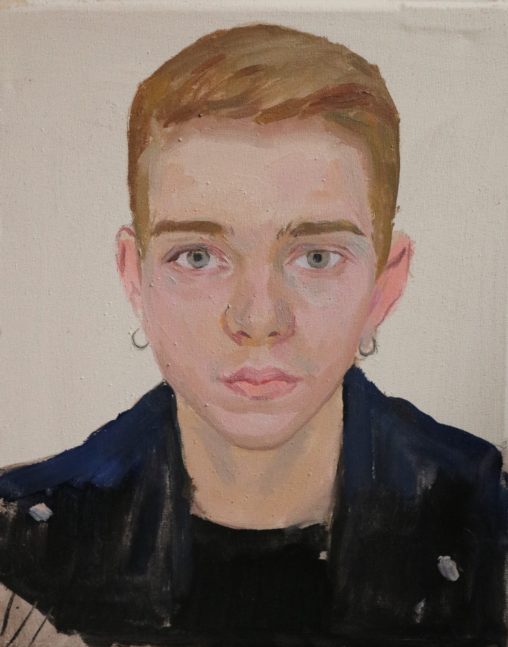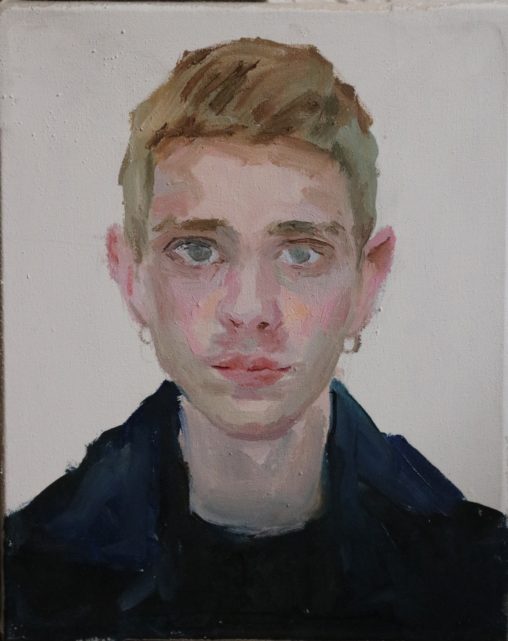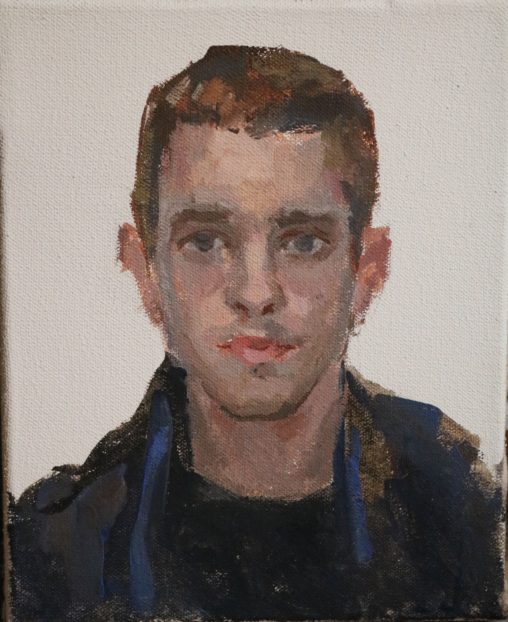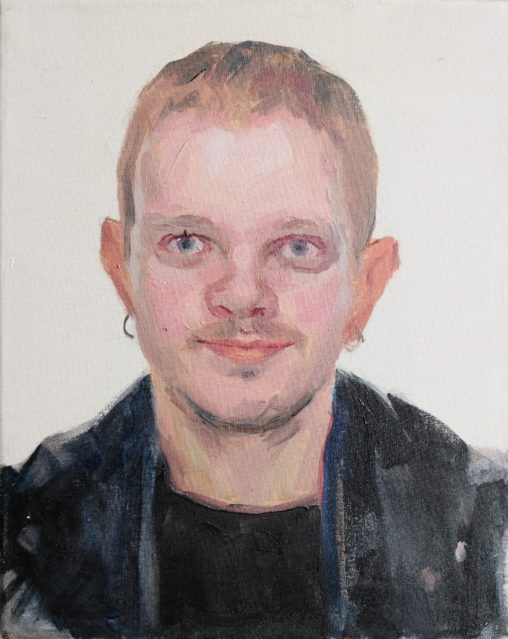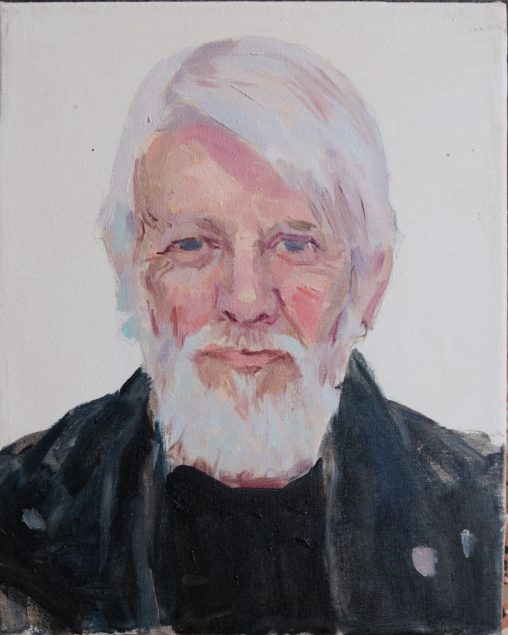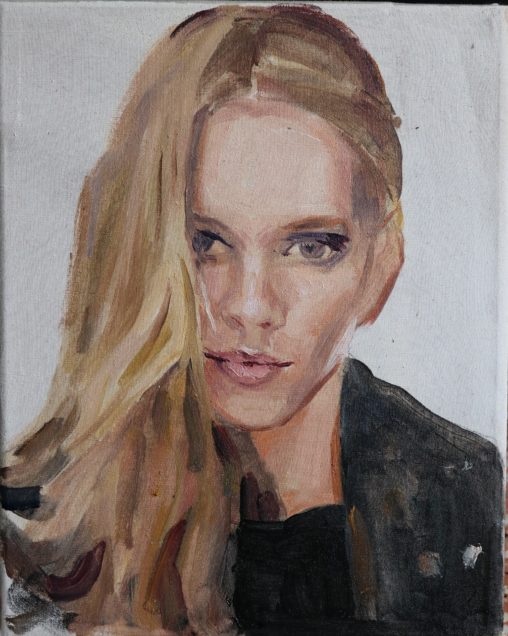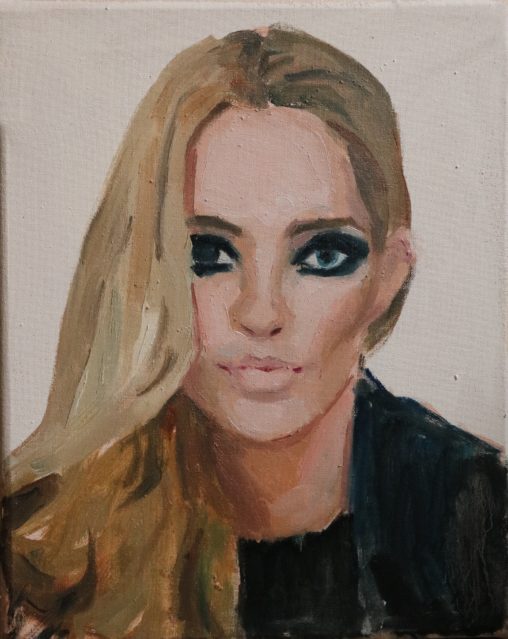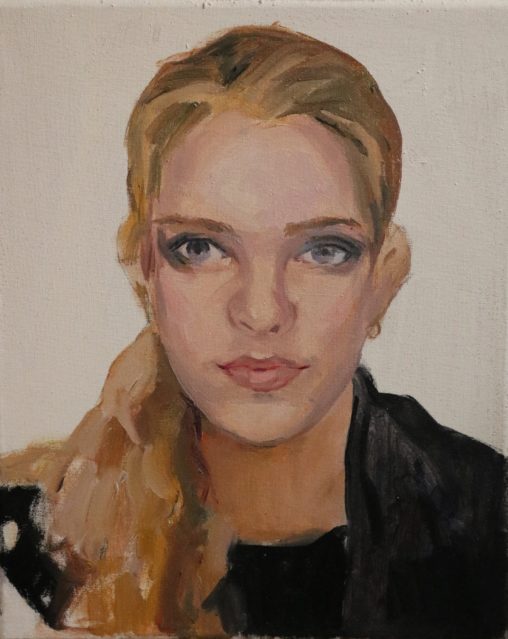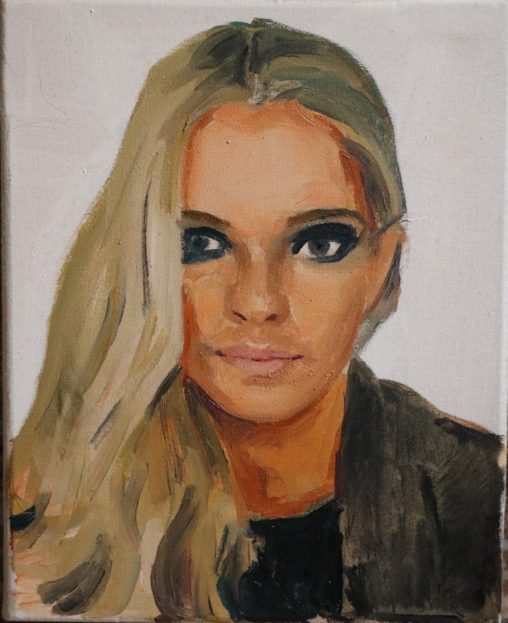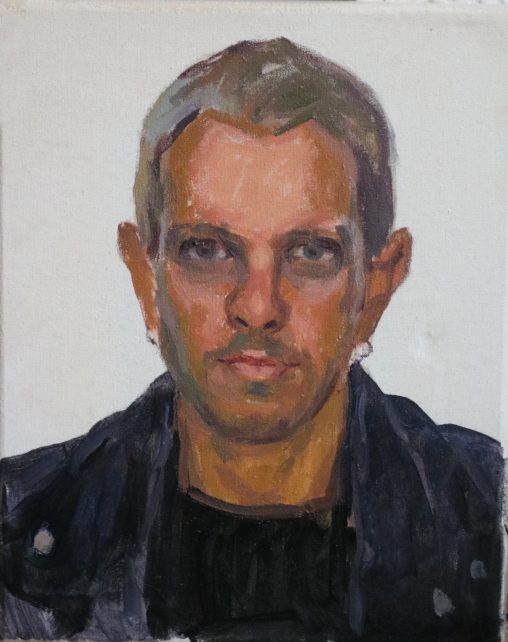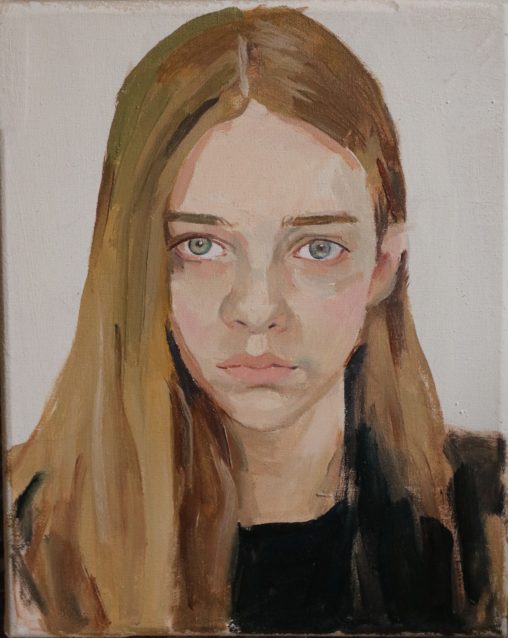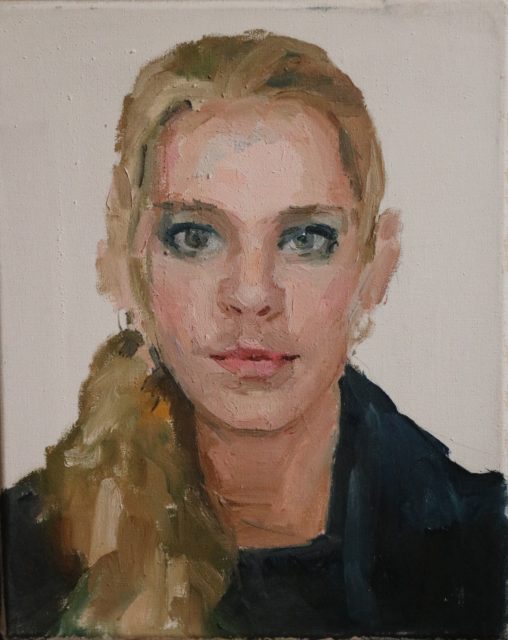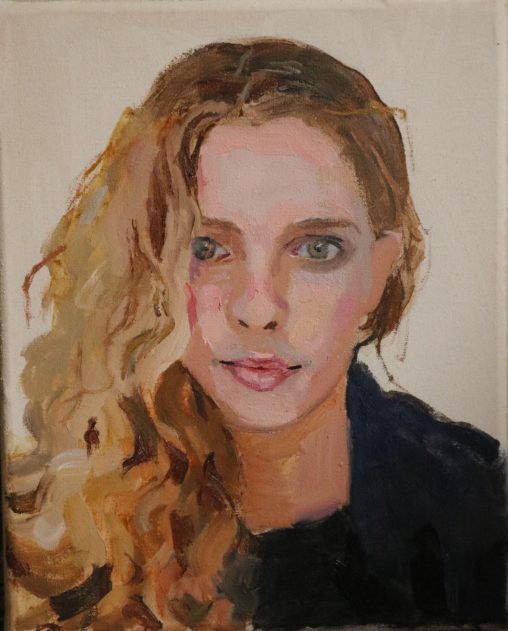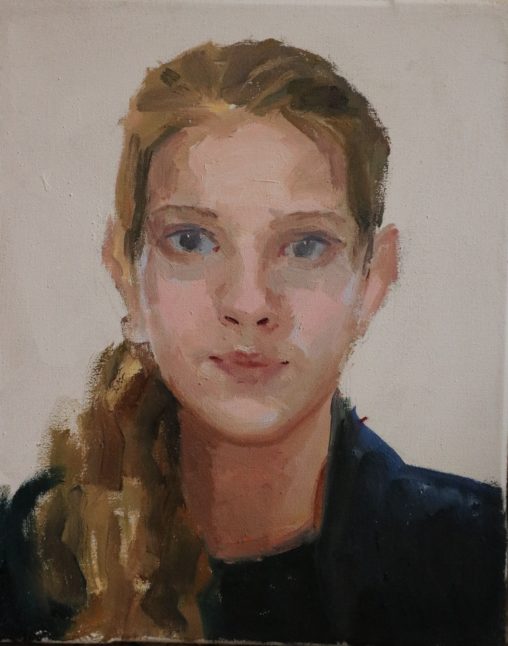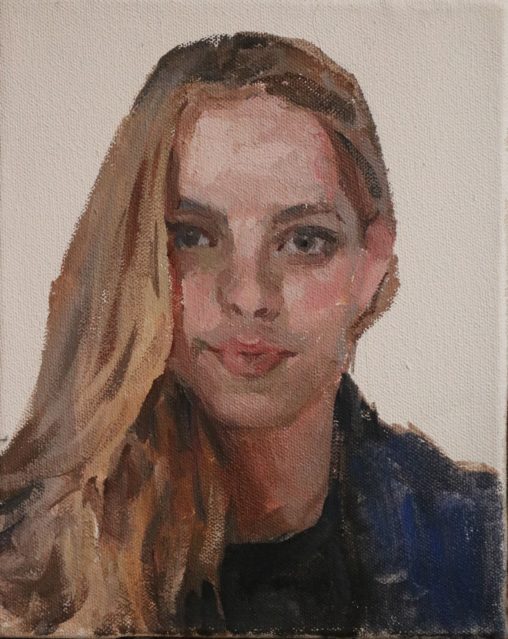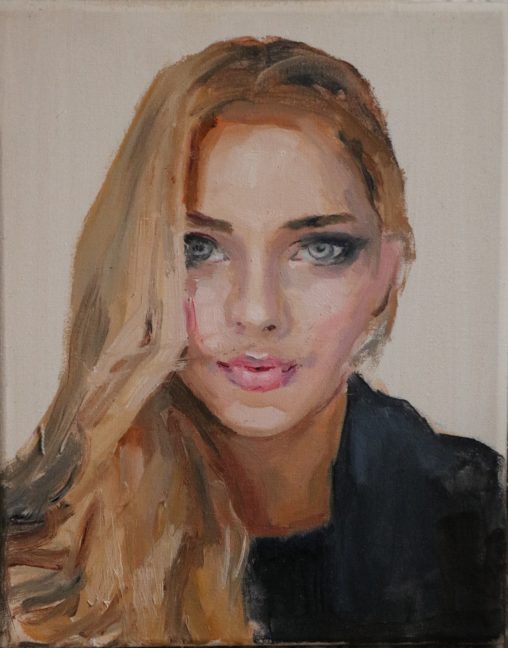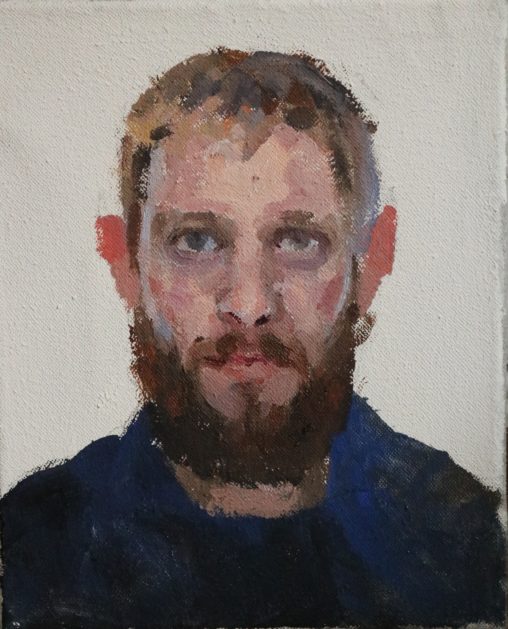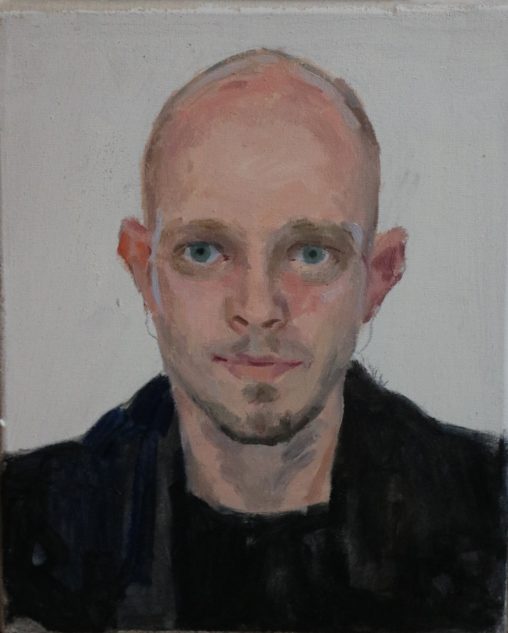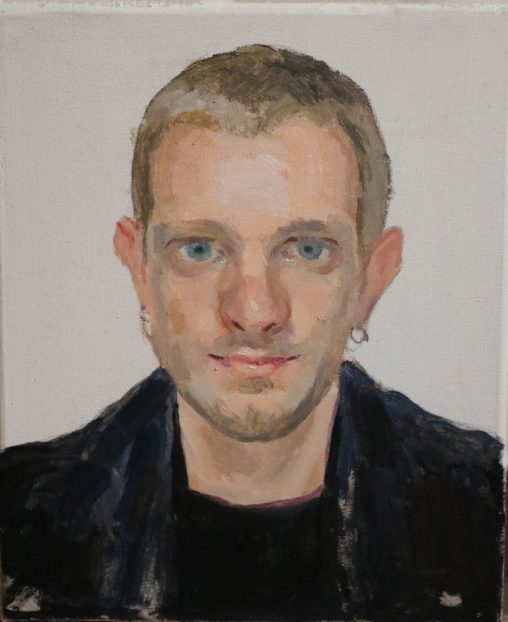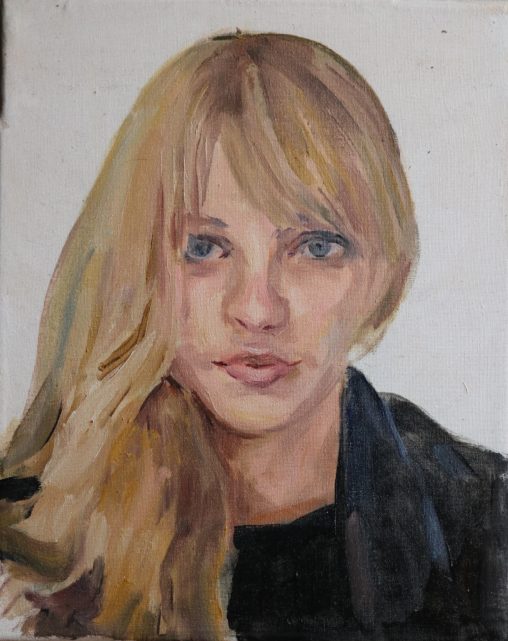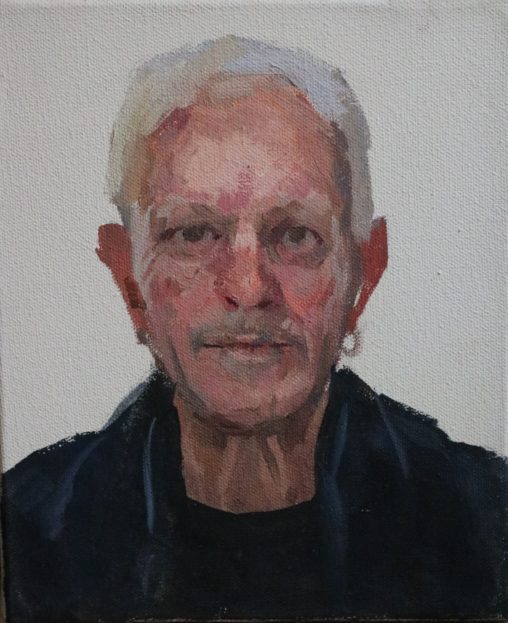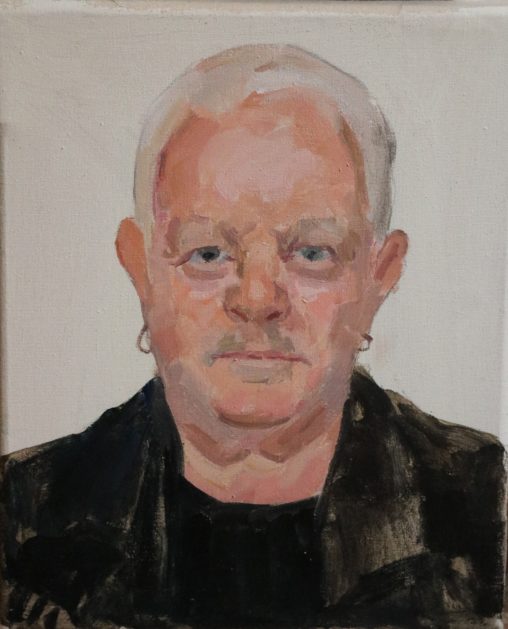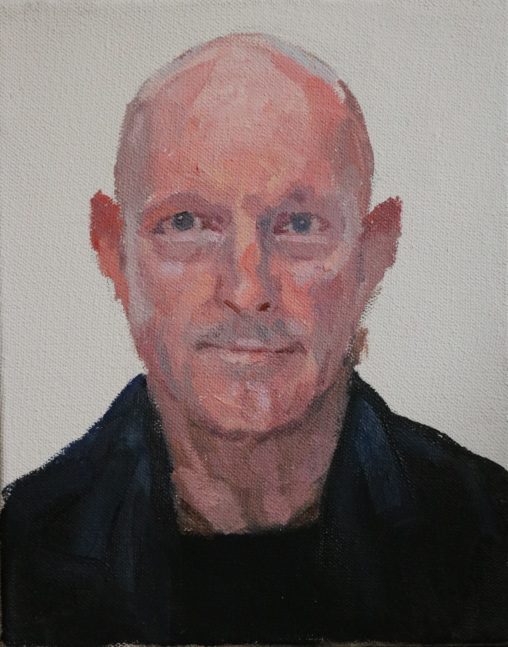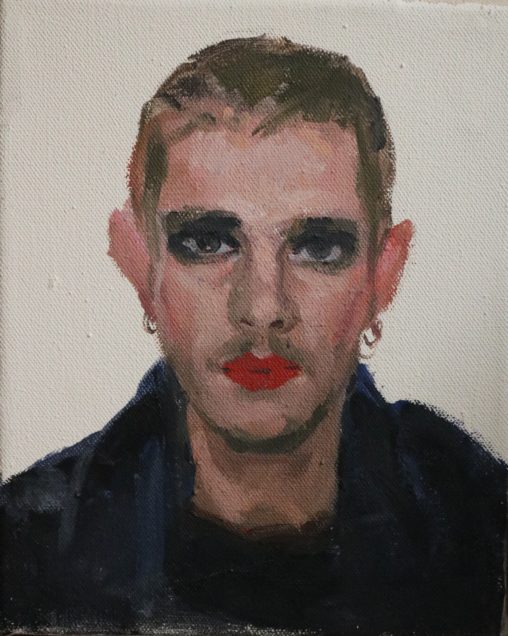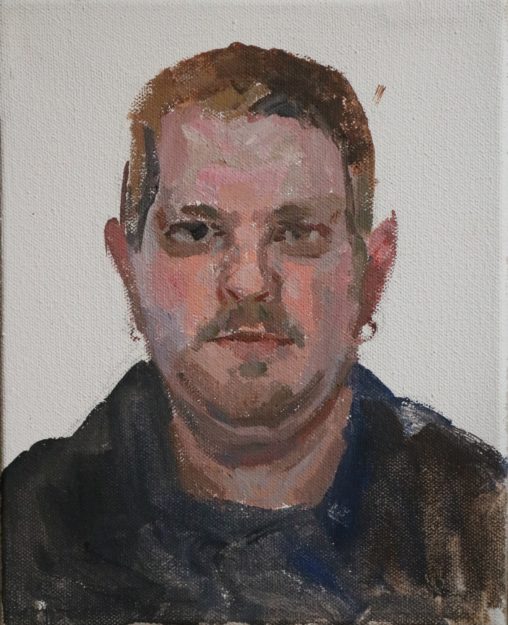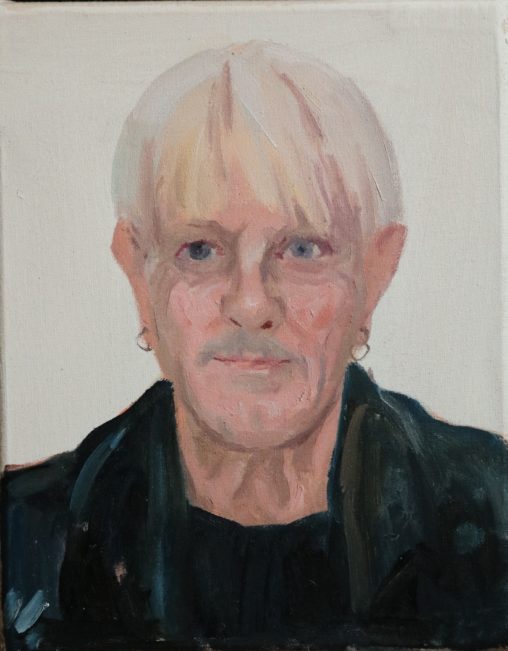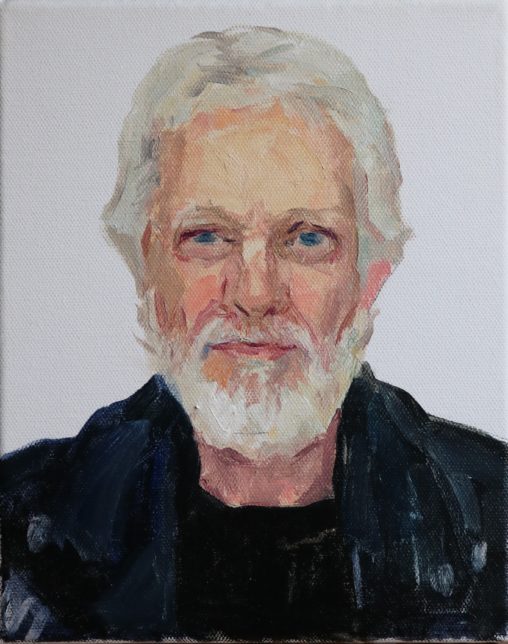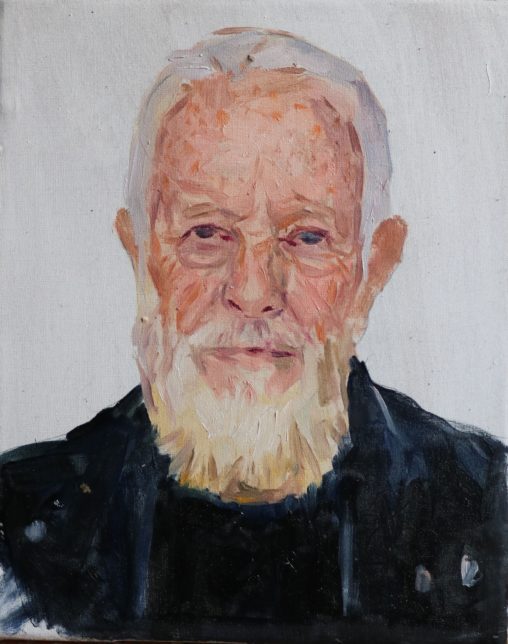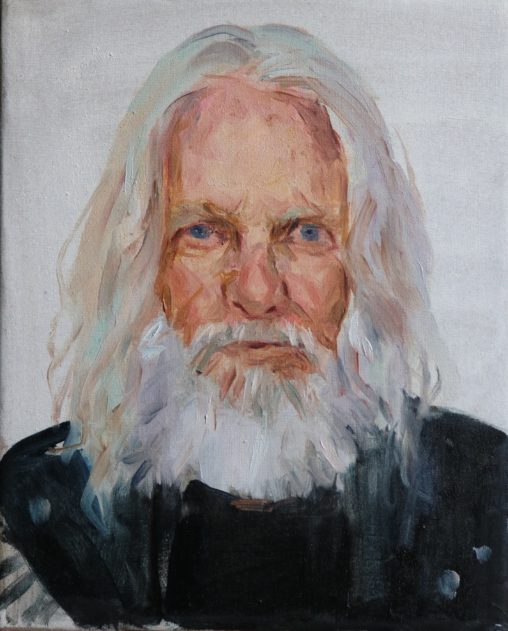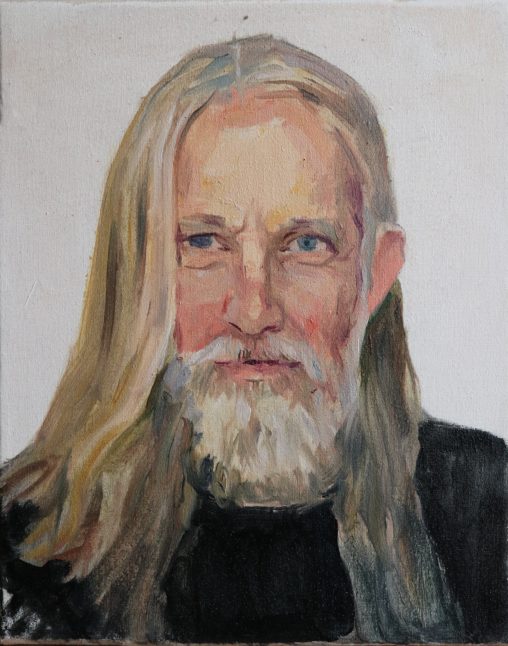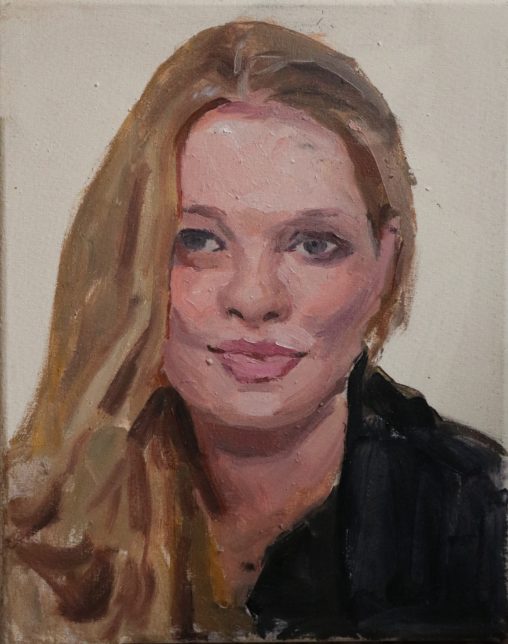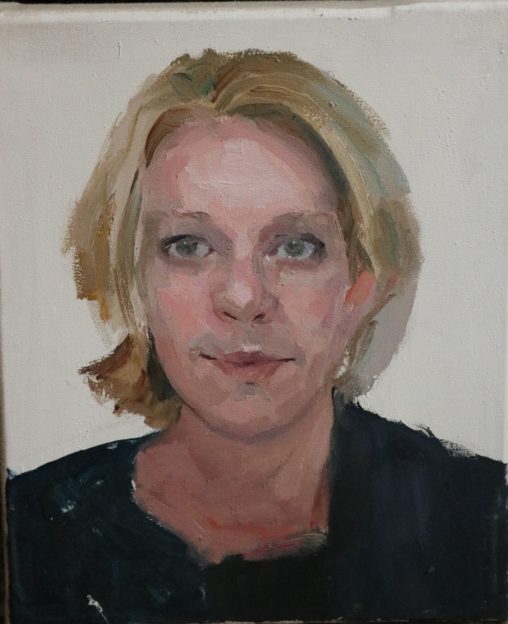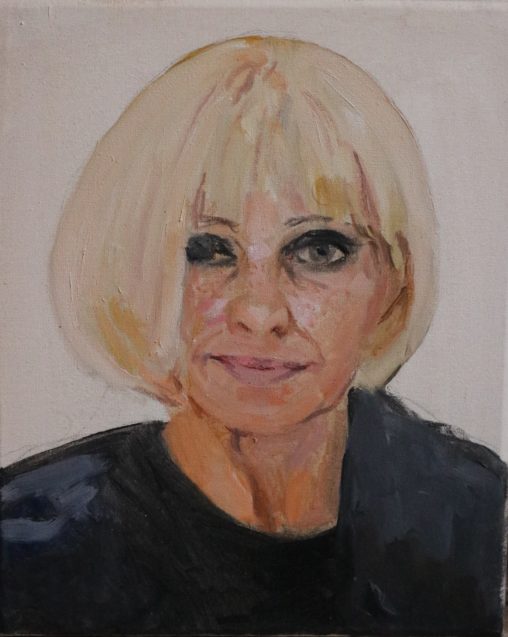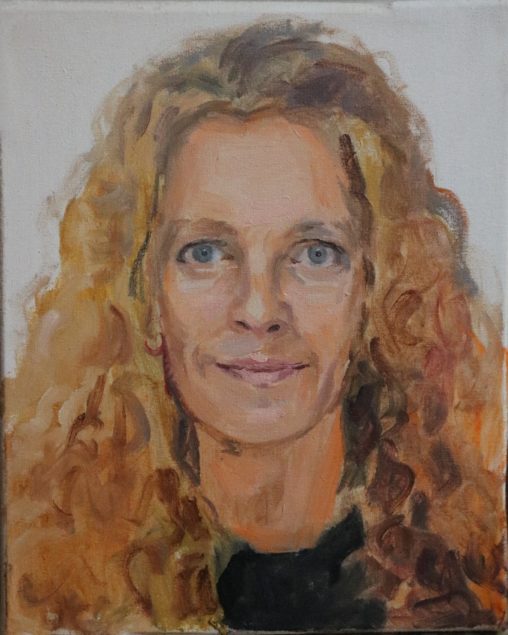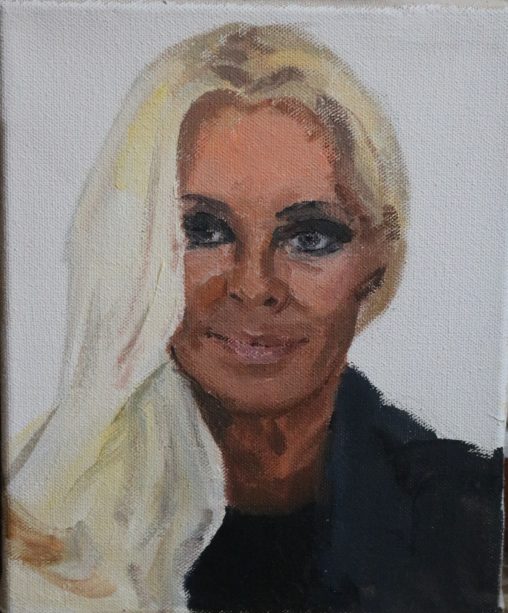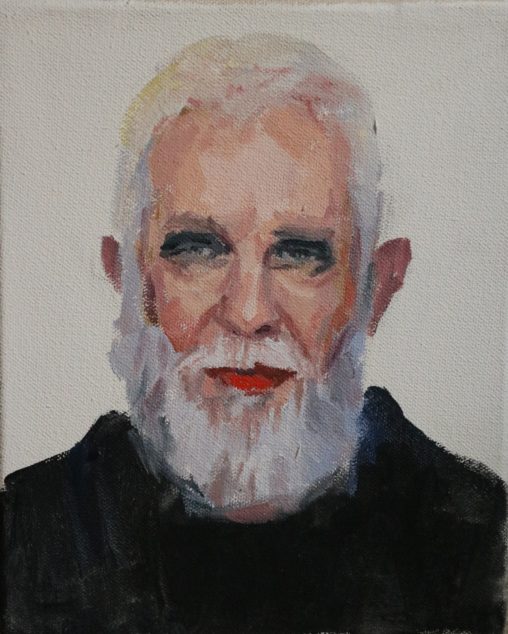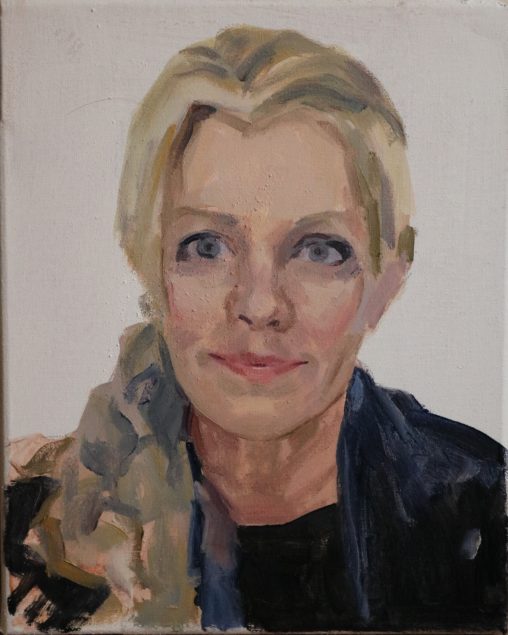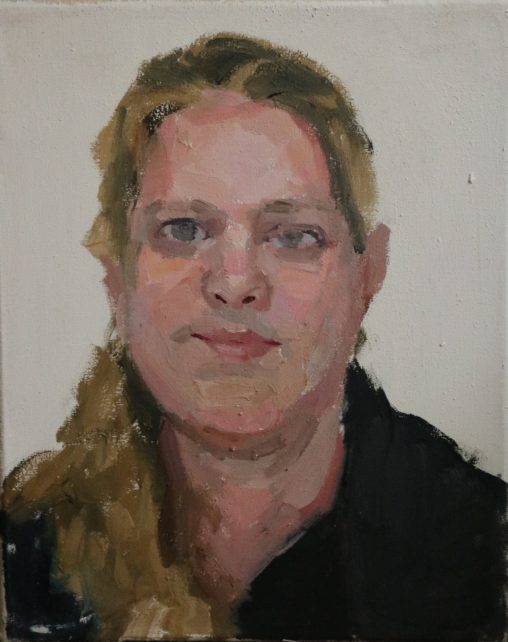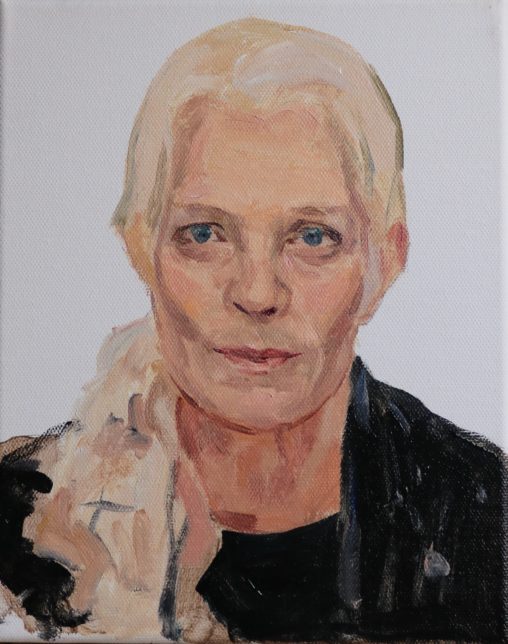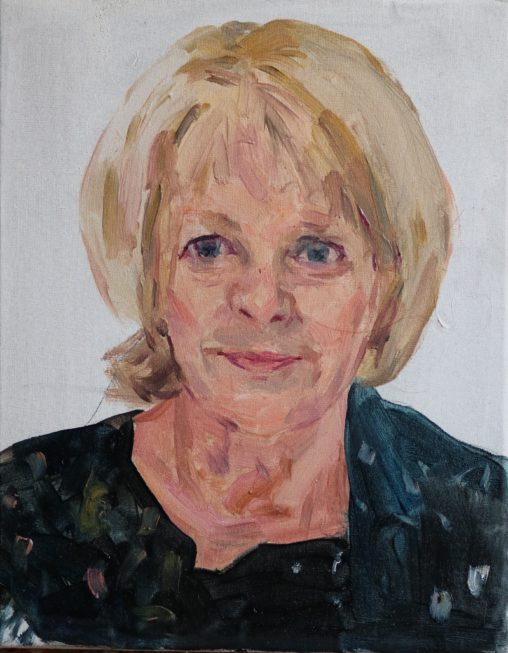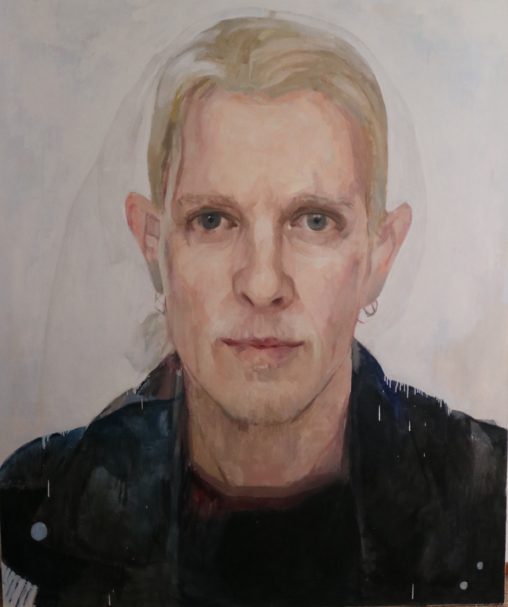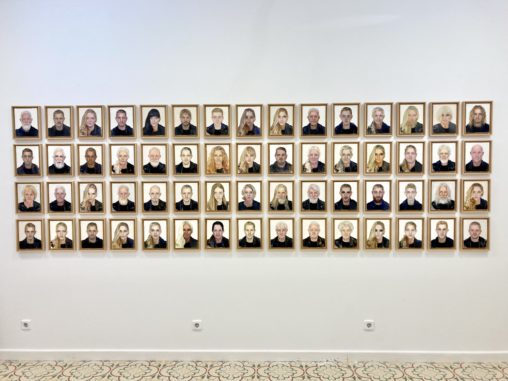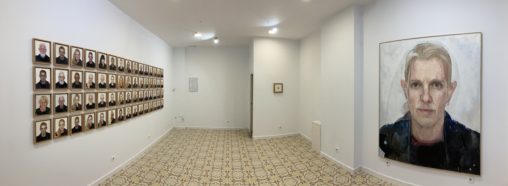Categoría: Yo somos
ESP/ENG
Este proyecto pretende investigar las formas contemporáneas mediante las que el individuo construye su subjetividad para entender qué hay de genuino y qué hay de cultural en la identidad.
Para ello, se ha producido una serie de obra pictórica cuyo sustrato conceptual explora alteridades del yo a través de la aplicación de filtros digitales sobre la foto personal del DNI para reflejar el carácter múltiple y externo de la subjetividad.
Como resultado de la investigación, se han producido 60 retratos, a partir de las imágenes obtenidas digitalmente, que componen un gran autorretrato de alteridades concebidas por la máquina. Posteriormente, se han unificado todas en un solo rostro mediante superposición para crear un rostro sin edad ni género determinables. Esto invita a reflexionar sobre los cánones digitales y sociales y las máscaras que el sujeto adopta en la construcción de su identidad, así como de la pérdida de ser del sujeto contemporáneo.
El proyecto permite concluir que el individuo es múltiple y no necesariamente coherente, y que la subjetividad es una construcción externa, inscrita sobre el cuerpo, en especial el rostro.
.
This project formulates a rupture of the traditional way the western individuals have understood themselves, which has been edified in the inside of the subject. In the last decades, some deep changes have put this idea in jeopardy, leading to a more external and visual construction of subjectivity.
This project aims to produce a pictorial series of works whose conceptual sublayer explores alterities of the self through the application of digital filters on the personal ID photograph in order to reflect the multiple and external nature of subjectivity.
As a result of the investigation, 60 portraits will be produced, from images digitally obtained, which form a huge self portrait of alterities conceived by the machine. Eventually, these alterities have been unified and overlapped in a sole face in order to create a new identity whose age and gender are difficult to determine. This invites to reflect on the digital and social canons and on the masks the subject adopts in the construction of their identity. At the same time, the institutional mechanisms of discipline and control are remarked through the use of a kind of aseptic image which allows full identification of the face.
The fact that these portraits make reference to the same subject, but the identity of this subject changes from one portrait to other allows for concluding that the individual is multiple and not necessarily coherent, and also that the subjectivity is an external construction, registered on the body, primarily on the face.
